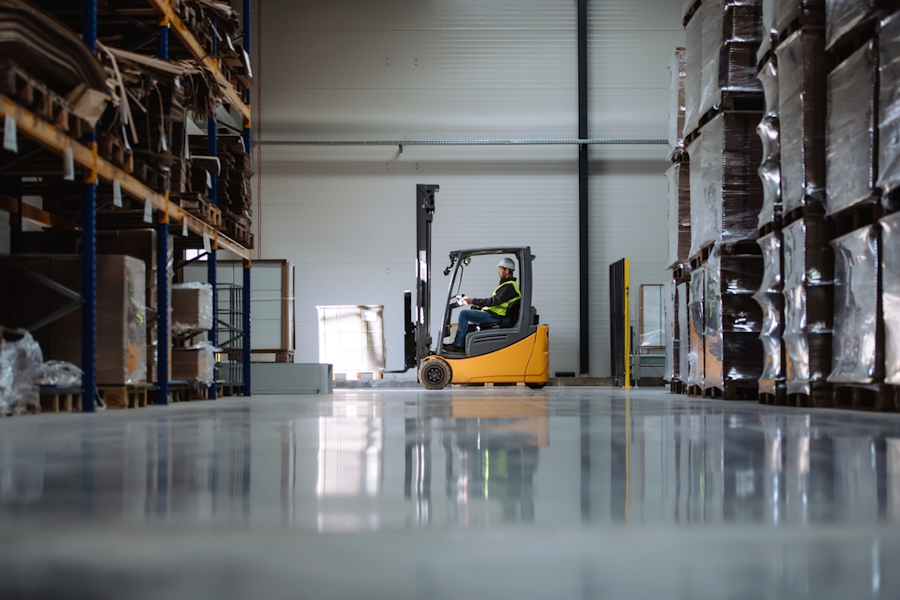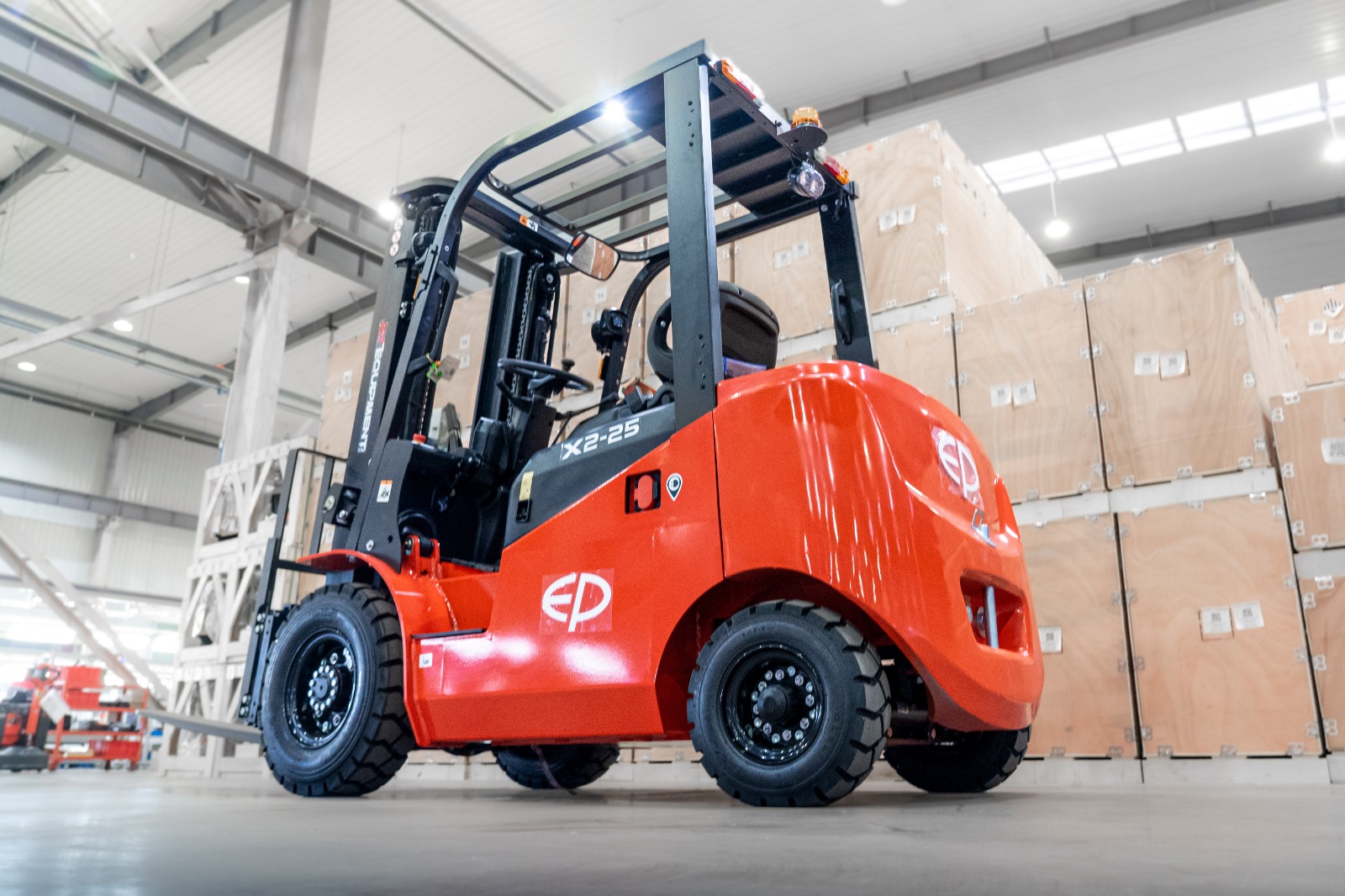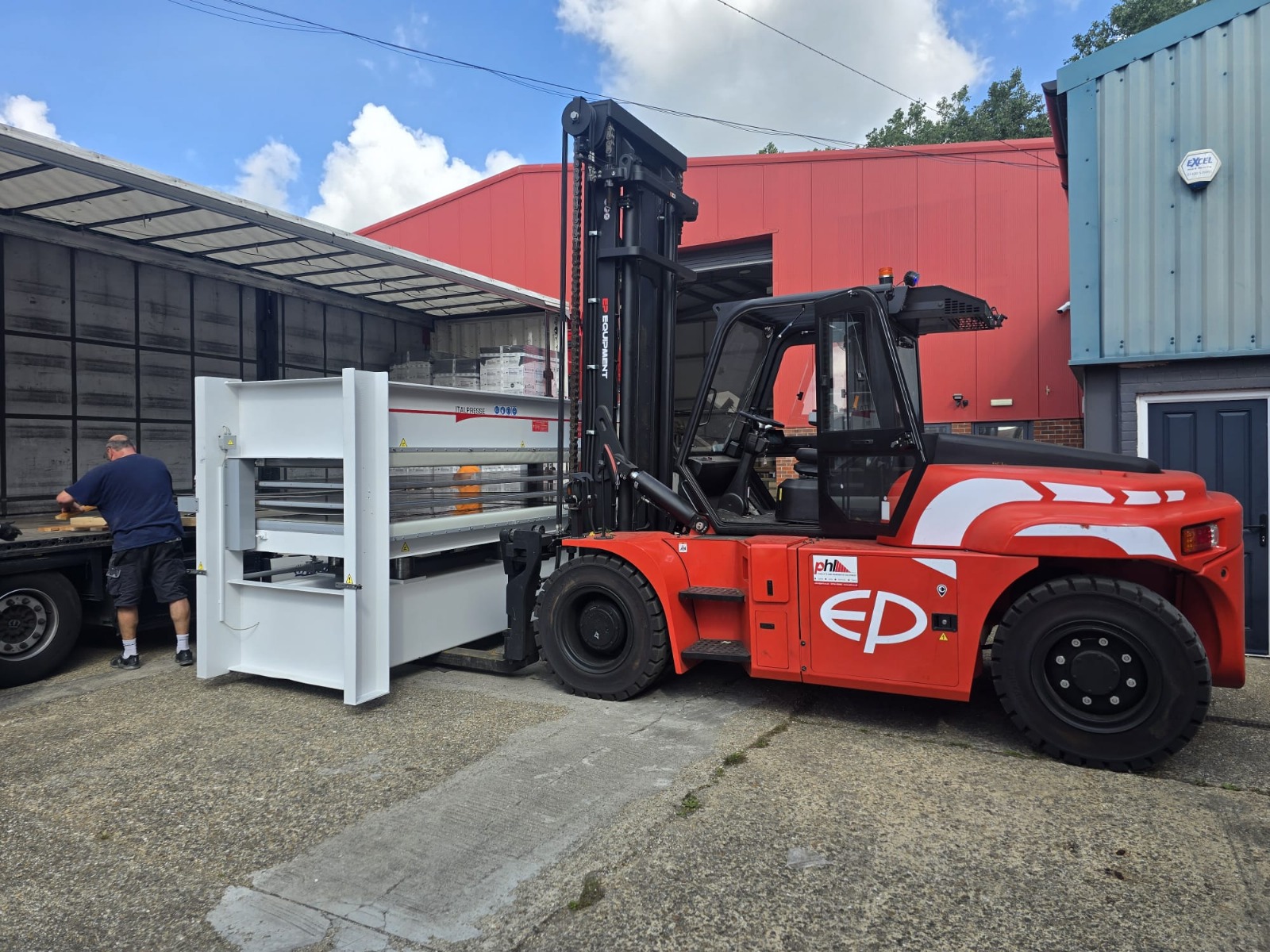Blog
The Future of Forklifts: Trends in Automation and Electric Technology

The Future of Forklifts: Trends in Automation and Electric Technology
The material handling industry is undergoing a major transformation, and forklifts are at the center of it. With rapid advancements in automation, electric power, and smart technologies, the future of forklifts looks not only more efficient—but also safer, greener, and more intelligent.
In this blog, we’ll explore the top forklift trends shaping the future, including automation, electric forklift adoption, telemetry systems, and sustainability initiatives. Whether you're a warehouse manager, fleet operator, or equipment dealer, understanding these trends is essential to stay competitive.

1. Rise of Automated Forklifts and AGVs
One of the most significant changes in forklift technology is the shift toward automated forklifts and automated guided vehicles (AGVs). These driverless machines are revolutionizing warehouse operations by performing repetitive tasks without the need for a human operator.
Key Benefits of Automated Forklifts:
- Increased productivity with 24/7 operation
- Reduced labour costs
- Improved safety through reduced human error
- Precision movement in narrow aisles and high-density racking
Companies are investing in automated pallet movers and autonomous reach trucks to streamline logistics and meet growing e-commerce demands. The combination of AI, sensors, LiDAR, and computer vision makes these forklifts capable of navigating complex warehouse layouts with minimal supervision.
2. Electrification of Forklift Fleets
With sustainability and emission regulations tightening across industries, the adoption of electric forklifts is accelerating globally. Unlike traditional internal combustion (IC) forklifts, electric models offer clean, quiet, and energy-efficient operation.
Why Electric Forklifts Are the Future:
- Zero emissions (ideal for indoor use)
- Lower operating costs (less fuel, fewer parts)
- Less maintenance (no oil changes or spark plugs)
- Improved ergonomics and noise reduction
Modern lithium-ion battery-powered forklifts have longer run times, faster charging capabilities, and better performance in cold environments—making them more competitive than ever with diesel or propane alternatives.
📈 According to industry reports, electric forklifts are expected to make up over 70% of global forklift sales by 2030.
3. Smart Forklifts with Telemetry and IoT Integration
Today's forklifts aren’t just lifting machines—they're connected smart assets. Thanks to advancements in Internet of Things (IoT) and telemetry systems, forklifts can now provide real-time data on performance, operator behaviour, and predictive maintenance.
Common Features of Smart Forklifts:
- Fleet tracking and diagnostics
- Usage monitoring and operator performance metrics
- Maintenance alerts to prevent downtime
- Geo-fencing and collision avoidance sensors
This data helps fleet managers make informed decisions about asset utilization, downtime reduction, and safety compliance. As logistics operations become more data-driven, smart forklifts are playing a critical role in warehouse optimization.
4. AI and Machine Learning Integration
Forklifts powered by artificial intelligence and machine learning algorithms are gaining traction in large-scale logistics and manufacturing operations. These systems can learn and adapt to warehouse environments, improving routing efficiency and object recognition.
Applications of AI in Forklifts:
- Dynamic path planning based on real-time warehouse traffic
- Load recognition and auto-adjustment for stability
- Predictive maintenance using pattern recognition
Over time, AI-driven forklifts will become more autonomous, reliable, and capable of operating in hybrid human-robot workspaces—paving the way for lights-out warehousing (fully automated facilities).
5. Sustainability and Green Logistics
Environmental concerns and regulatory pressures are pushing companies to decarbonize supply chains. Forklifts, often seen as small contributors, play a major role in a facility’s carbon footprint.
Sustainable Forklift Strategies:
- Switching to electric or hydrogen fuel cell models
- Battery recycling and energy-efficient charging stations
- Using lightweight materials to reduce power consumption
- Energy regeneration systems in braking mechanisms
As ESG (Environmental, Social, Governance) metrics gain importance, companies are choosing eco-friendly forklifts not just for compliance—but also for brand reputation and customer preference.

6. Human-Machine Collaboration and Safety Enhancements
While automation is increasing, human operators aren’t going away. Instead, the trend is toward collaborative forklifts—machines designed to safely work alongside humans.
Safety-First Innovations:
- Proximity sensors that detect nearby workers or objects
- 360-degree cameras and AI-based visual alerts
- Wearables integrated with forklifts for real-time alerts
- Speed governors and auto-braking systems
These advancements reduce accidents and ensure that forklifts remain OSHA-compliant while increasing overall warehouse safety.
Final Thoughts: Preparing for the Future of Forklift Technology
The future of forklifts is intelligent, electric, and autonomous. Companies that embrace these innovations will benefit from:
- Lower operational costs
- Faster and more accurate warehouse operations
- Improved employee safety
- Stronger environmental performance
As forklift technologies evolve, so must the strategies for purchasing, maintaining, and operating them. Whether you're looking to upgrade your fleet or invest in automation, staying ahead of forklift trends will give you a competitive edge.
Subscribe
Keep up to date with PHL and all things forklift machinery.